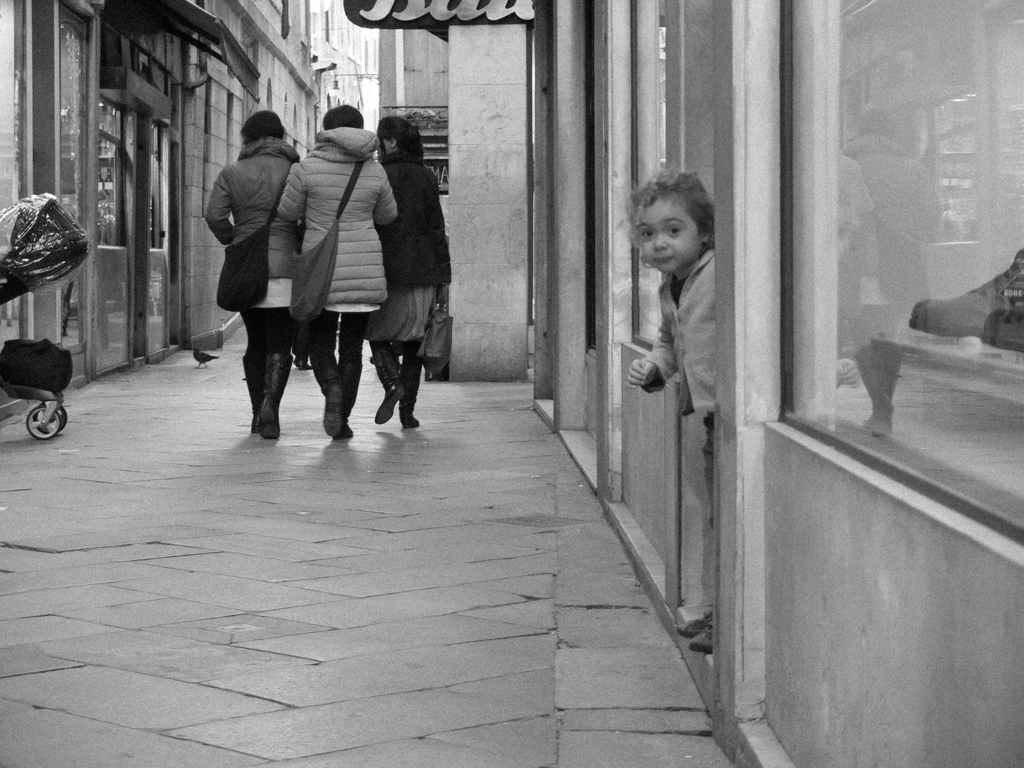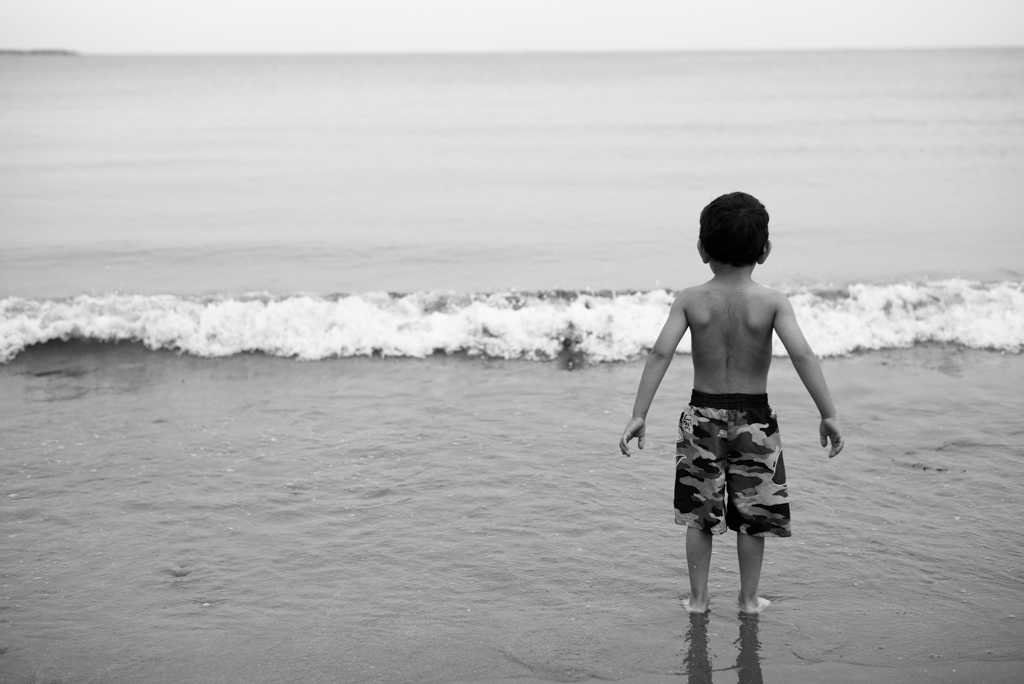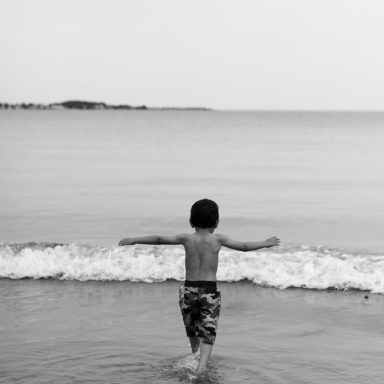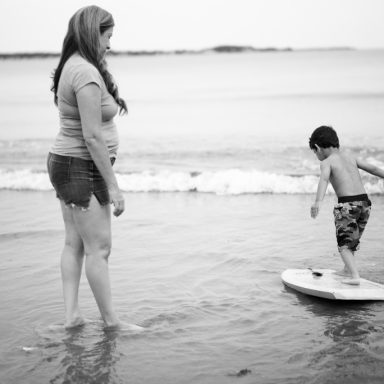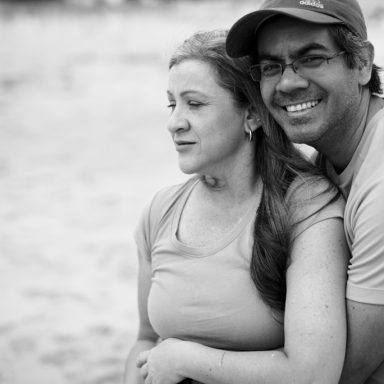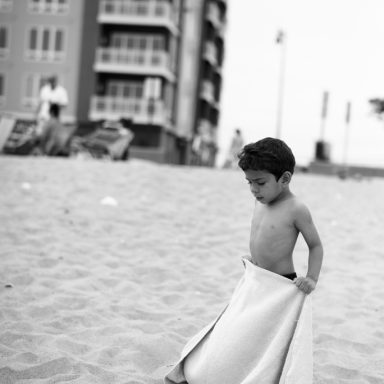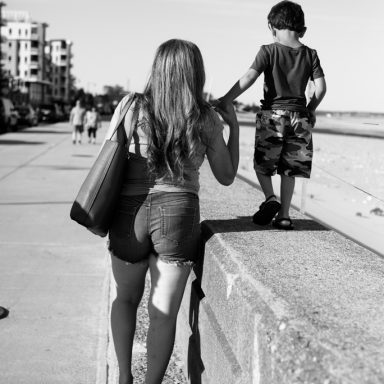[one_half padding=”0 5px 0 0″]
I recently moved into an apartment in Revere, MA right on Revere Beach. Though as of this writing, it’s still in disarray, I had my flute teacher, Eduardo Gomez, his wife Iva, and son, David, over yesterday so that they can enjoy the beach. I was scheduled for a lesson, but I wasn’t feeling up to it, though I wound up practicing while I waited for the Gomezes.
I started playing the flute again in March after an eight-year hiatus. Getting back into it with a handmade, semi-professional flute was somewhat of a daunting task, even though I’ve been playing since I was eighteen years old. The reason for the difficulty is that student flutes are made to be easily played, whereas professional flutes have more exacting measures and, therefore, require more skill.
I needed a teacher.
Exactly two weeks after I bought my flute, I attended a recital at Flutistry Boston where flutist Rita D’Arcangelo was performing several works from baroque to the 20th-century. The recital was sponsored by Nagahara Flutes, which Ms. D’Arcangelo plays, This is the flute du jour of James Galway. Mr. Nagahara brought several of his flutes and headjoints for the flute nerds to try. He even had Sir Galway’s previous flute on display. This is when I met Eduardo.
[/one_half]
[one_half_last]
Recientemente me mudé a un apartamento en Revere, MA, justo en Revere Beach. Aunque hasta el momento de escribir esto, todavía está en desorden, tuve mi maestro de flauta, Eduardo Gómez, su esposa Iva, y su hijo, David, durante el día de ayer para que puedan disfrutar de la playa. Estaba programado para una clase, pero no me sentía bien, aunque terminé practicando mientras esperaba a los Gomezes.
Comencé a tocar la flauta nuevamente en marzo después de un paréntesis de ocho años. Volviendo a él con una flauta artesanal y semiprofesional era una tarea algo desalentadora, aunque he estado tocando desde que tenía dieciocho años. La razón de la dificultad es que las flautas estudiantiles están hechas para tocarse fácilmente, mientras que las flautas profesionales tienen medidas más exigentes y, por lo tanto, requieren más destreza.
Necesitaba un maestro.
Exactamente dos semanas después de que compré mi flauta, asistí a un recital en Flutistry Boston donde la flautista Rita D’Arcangelo interpretaba varias obras desde el barroco hasta el siglo XX. El recital fue patrocinado por Nagahara Flutes, que interpreta D’Arcangelo, Esta es la flûte du jour de James Galway. El Sr. Nagahara trajo varias de sus flautas y cabezales para los nerds de flauta para probar. Incluso tenía la flauta anterior de Sir Galway en exhibición. Esto es cuando conocí a Eduardo.
[/one_half_last]
[full_width]
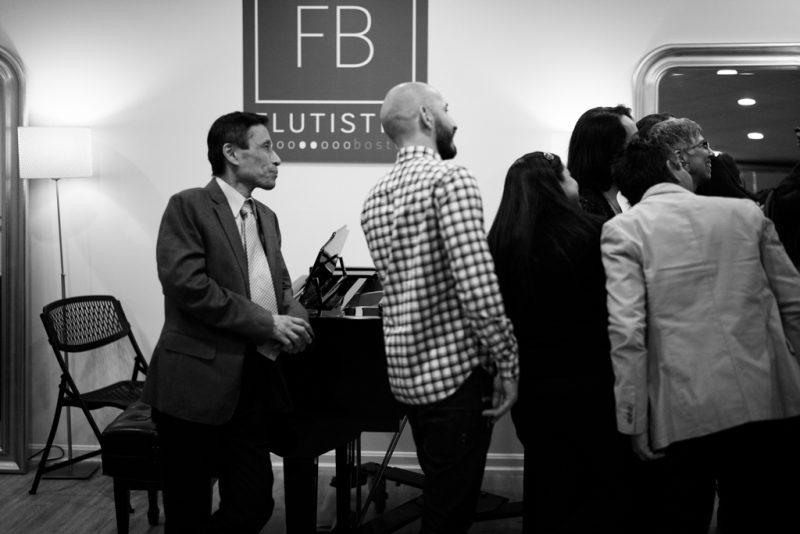
[/full_width]
[one_half padding=”0 5px 0 0″]
As I was trying the “Classic Nagahara”, I struck a conversation with Eduardo, who is a technician and finisher at Nagahara and a very fine flutist (I also had a fascinating conversation with Mr. Nagahara, but that’s another story)t During our conversation, he played my flute for comparison and gave me his take on it as well as some advice. After the recital, we spoke a bit more and I asked him to coach me, at least until I was proficient again. He agreed.
[/one_half]
[one_half_last]
Mientras estaba probando el “Clásico Nagahara”, entablé una conversación con Eduardo, que es técnico y acabador en Nagahara y muy buen flautista (también tuve una conversación fascinante con el Sr. Nagahara, pero esa es otra historia). Durante nuestra conversación, tocó mi flauta para compararla y me dio su opinión así como algunos consejos. Después del recital, hablamos un poco más y le pedí que me guiara, al menos hasta que volviera a ser competente. El acepto.
[/one_half_last]
[full_width]
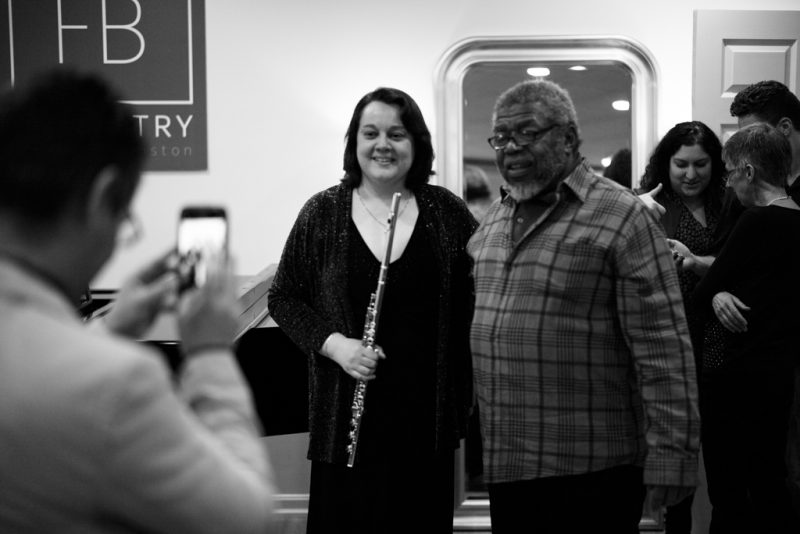
[/full_width]
[one_half padding=”0 5px 0 0″]
Our lessons are entirely in Spanish, hence why this post is in Spanish as well. I seem to have lost most of my proficiency in Spanish, so I had a little help with the translation (thank you, Google)! As with my former teacher, Lea Kibler, we not only talk about the lesson but on side subjects like styles of playing, flute constructions and the reasons why they sound, play and feel different. I was very fortunate to buy my Miyazawa. It’s a very fine hand-made instrument. My other options were a Muramatsu EX (one of Sir Galway’s pick), an Altus (played by the legendary William Bennett), or a Yamaha (played by the late Julius Baker, whom I’ve met). I also had the chance to acquire (but did not) an old Haynes from the 1960’s/1970’s (brand played by the late great, and the guy who re-started it all for us, Jean-Pierre Rampal). But based on my conversations with Eduardo, I can see why Sir Galway gravitated to these flutes. I’ll leave the details for another time.
During one of my lessons, and while Eduardo searched for music around his house, I tried playing the first few bars of the first movement of Astor Piazzolla’s “History of Tango”. I was just trying to test my flexibility after practicing scales in all forms during the week. Eduardo, noticed and we started to talk about the piece and the approach to playing it. He then, graciously, gave me a copy of his recording of the work, which is a stark contrast to Patrick Gallois’ version (I believe he plays on an Abell wooden flute), which I also own.
On the day I met Eduardo, I bough Piazzolla’s Six Tango Etudes for Solo Flute. I especially like No. 3. So I had the music on my stand when the Gomezes arrived. It wasn’t intentional, mind you. I was trying my hand at No. 4, which is a slow moving piece with some complicated passages. Well, this led to a discussion of the work, particularly No.3, which he played on my flute (the flute sounds SO much different when Eduardo plays it)!
Flutes aside, we went across the street from my building onto the beach. I took the opportunity to take some family pictures. The day started out bright and sunny, but by the time we went to the beach, it became overcast. I prefer that lighting because it creates more intimate black and white images. After dinner, it became sunny again and I took a few more shots under this light as we walked along the beach back to my apartment.
Today being Father’s Day, I thought this post was appropriate.
[/one_half]
[one_half_last]
Nuestras lecciones son completamente en español, por lo tanto, esta publicación también está en español. Parece que he perdido la mayor parte de mi dominio del español, así que tuve un poco de ayuda con la traducción (gracias, Google). Al igual que mi ex maestra, Lea Kibler, no solo hablamos de la lección, sino de temas secundarios como los estilos de tocar, las construcciones de flauta y las razones por las que suenan, juegan y se sienten diferentes. Fui muy afortunado de comprar mi Miyazawa. Es un instrumento muy fino hecho a mano. Mis otras opciones eran un Muramatsu EX (uno de los elegidos de Sir Galway), un Altus (interpretado por el legendario William Bennett) o un Yamaha (interpretado por el fallecido Julius Baker, a quien conocí). También tuve la oportunidad de adquirir (pero no compré) un viejo Haynes de la década de 1960/1970 (marca interpretada por el último gran, y el tipo que reinició todo para nosotros, Jean-Pierre Rampal). Pero basado en mis conversaciones con Eduardo, puedo ver por qué Sir Galway gravitó hacia estas flautas. Dejaré los detalles para otro momento.
Durante una de mis lecciones, y mientras Eduardo buscaba música en su casa, intenté tocar los primeros compases del primer movimiento de “Historia del Tango” de Astor Piazzolla. Solo estaba tratando de probar mi flexibilidad después de practicar escalas en todas las formas durante la semana. Eduardo, se dio cuenta y empezamos a hablar sobre la pieza y el enfoque para tocarla. Luego, gentilmente, me dio una copia de su grabación de la obra, que es un marcado contraste con la versión de Patrick Gallois (creo que toca una flauta de madera Abell), que también tengo.
El día que conocí a Eduardo, tomé los seis estudios de tango de Piazzolla para flauta solista. Especialmente me gusta No. 3. Así que tuve la música en mi stand cuando llegaron los Gomezes. No fue intencional, fíjate. Estaba probando mi mano en el No. 4, que es una pieza de movimiento lento con algunos pasajes complicados. Bueno, esto condujo a una discusión sobre la obra, particularmente el No.3, que tocó en mi flauta (¡mi flauta suena TAN diferente cuando Eduardo la toca)!
Dejando a un lado las flautas, cruzamos la calle de mi edificio hacia la playa. Aproveché la oportunidad para tomar algunas fotos de la familia Gomez. El día comenzó luminoso y soleado, pero cuando fuimos a la playa, se nubló. Prefiero esa iluminación porque crea imágenes más íntimas en blanco y negro. Después de la cena, volvió a ponerse el sol y tomé unas cuantas fotos más bajo esta luz mientras caminábamos por la playa de regreso a mi apartamento.
Hoy, día del padre, pensé que esta publicación era apropiada.
[/one_half_last]
[full_width]
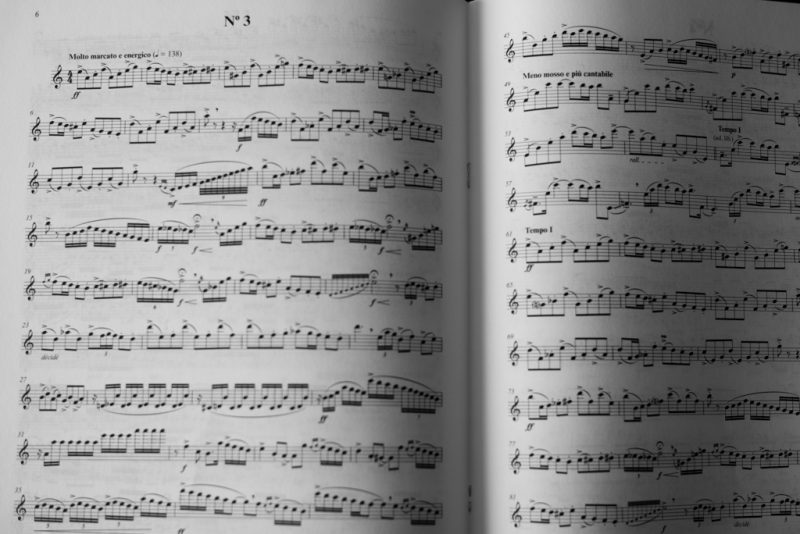
[/full_width]
